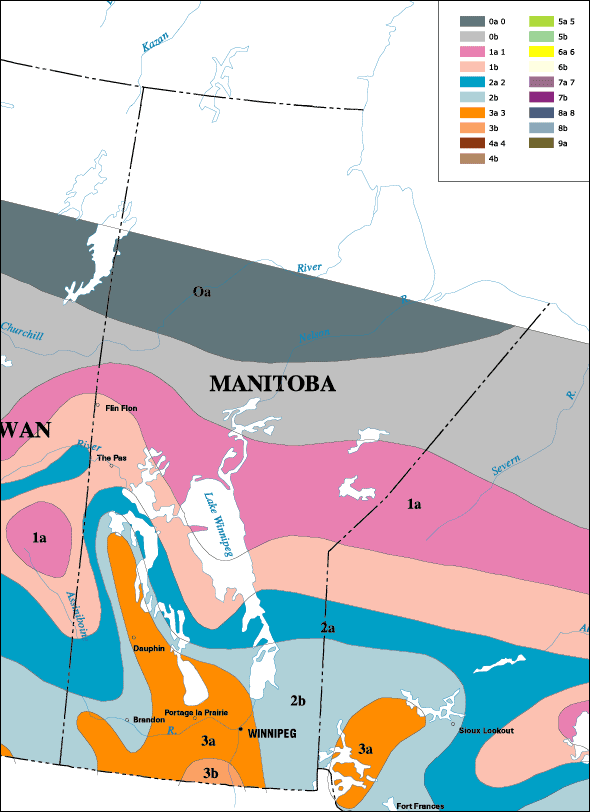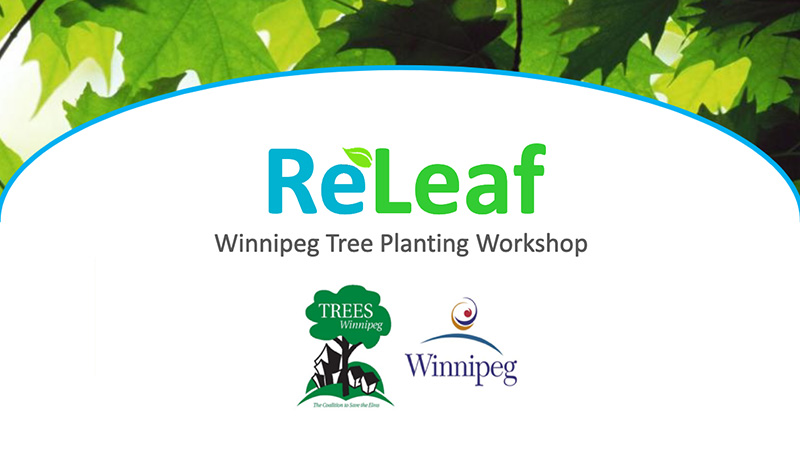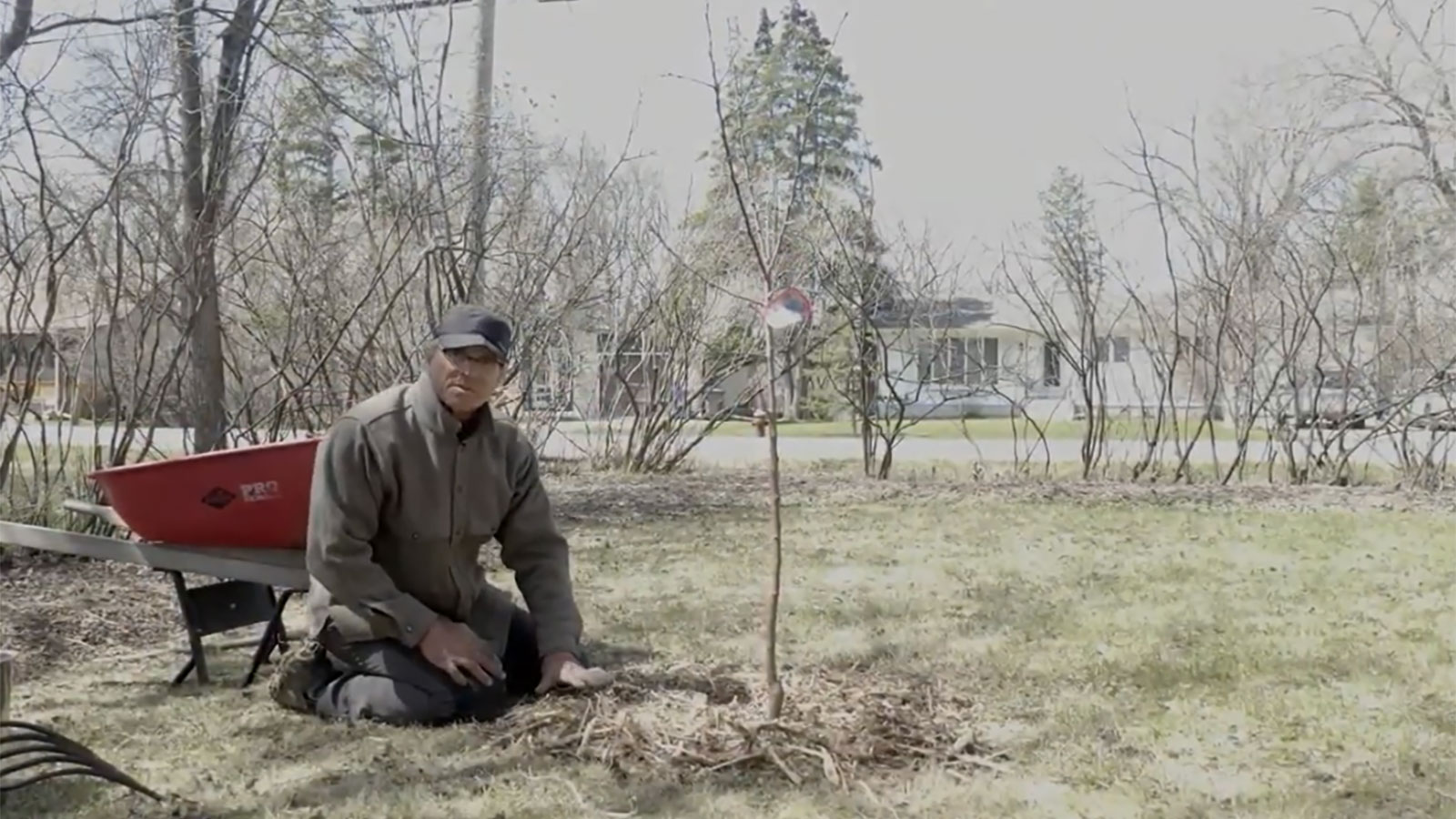Tree Planting and Selection
See our ReLeaf Tree Planting presentation and Tree Planting 101 YouTube video below for helpful instructions, diagrams, and demonstrations on selecting a location and how to plant your new tree.
Tree Selection
Before you plant trees and shrubs, make sure you are select the right ones for your yard or planting area. Here are some things to consider when planning your next planting project.
Hardiness Zones
Your first concern should be your climate. The United States Department of Agriculture (USDA) has devised a map that breaks the country into 11 zones based on the average coolest temperature. Each tree and shrub flourishes in a range of zones. By picking the trees or shrubs suited for your area, you can avoid freezing a tender plant or burning one that prefers cool temperatures.
Plant hardiness zones attempt to match a plant's survival with a set of environmental conditions. These conditions include minimum winter temperature, frost-free period, snow cover, and wind speed. Zone ratings are only a guide for plant selection. Bodies of water, wind protection, snow cover, and urban heat islands also affect plant survival. For this reason, some trees and shrubs will defy these odds and thrive under conditions different from their zone rating. Around the Winnipeg region, our USDA hardiness zones are 3a or 3b.

Consider Soil Type & Growing Conditions
There are three types of soil texture – sand, silt, and clay. Water-loving trees and shrubs may have trouble surviving in the sand because they cannot retain water well. On the other hand, heavy clay can kill trees or shrubs that require excellent drainage. Choose plants that thrive in your type of soil.
Other factors that may affect your choices for trees and shrubs include:
- How much light will they get?
- Is your land flat or hilly?
- Are there harsh winds?
- Does the area tend to stay dry, moist, or wet?
- Is the air and/or soil salty?
Calculate How Much Space You Have
Consider the space you have available. Be sure to find out the trees or shrubs' expected size at maturity and what shape it will take – some may be tall and narrow, while others are short and wide.
Trees with large, spreading canopies should be far enough from your house or other structures so they do not impede the tree canopy at maturity. Space is not always available in small urban yards — use your best judgment when planting trees near structures or other trees. Trees and shrubs close to structures or other trees may require more pruning and maintenance down the road.
Keep Your Design in Mind
What colour blossoms or leaves would you like? What size leaf would you like? Some deciduous trees and shrubs lose their leaves each fall but can provide some stunning autumn colours. Some evergreens do not lose their leaves and will provide year-round colour and privacy.
Do you want to attract butterflies, birds, bees, and other wildlife? Are you looking for fruit, shade, a focal point, or something else? These are all some of the items to consider when thinking about a tree or shrub's aesthetics.
Tree Characteristics
Like people, trees and shrubs have various characteristics that make them unique and interesting. Some traits you may not mind, while other characteristics might become an annoyance down the road. While all trees experience pest problems from time to time, some invasive pests and diseases can severely harm certain trees. Be sure to ask yourself:
- Are you willing to rake leaves or pick up fallen fruit?
- Do the branches break easily?
- Does it need a lot of pruning?
- Does it produce a lot of suckers or seeds?
- Will it require pollination/do you need a second tree for pollination?
- Will it provide shade or fruit as soon as you would like?
- Is the tree slow-growing and long-living or fast-growing with a shorter lifespan?
- Does it have thorns or poisonous parts?
- Is it susceptible to any invasive insects/diseases that are difficult to manage?
Pick a Healthy Specimen
Choosing a healthy plant starts with shopping at reputable nurseries and garden centres. Look for vibrant plants and knowledgeable staff.
Pick trees with evenly spaced branches and a strong, straight trunk. There should only be one central leader for most trees. Shrubs should have a symmetrical form with no gaping spaces. There should be no broken branches, which can lead to diseases and insect damage.
Foliage should not be wilting or damaged, and the leaf colour should be appropriate for the season. The roots should not be pot-bound (circling the pot) if in containers — be wary of trees that look too tall for the container they're growing in.
Disturbing the ground on your property to plant a tree can cause damage to a buried utility, which can result in costly repairs, injuries and even fatalities. Don’t dig until you know what’s below.
Submit your utility location request at http://clickbeforeyoudigmb.com.
Plan ahead and allow for at least 3 full working days notice before you plant. This ensures underground utilities are marked, and you are digging safely.
For more information, please consult the Homeowners's Guide to Safe Digging or call 1-800-940-3447.



